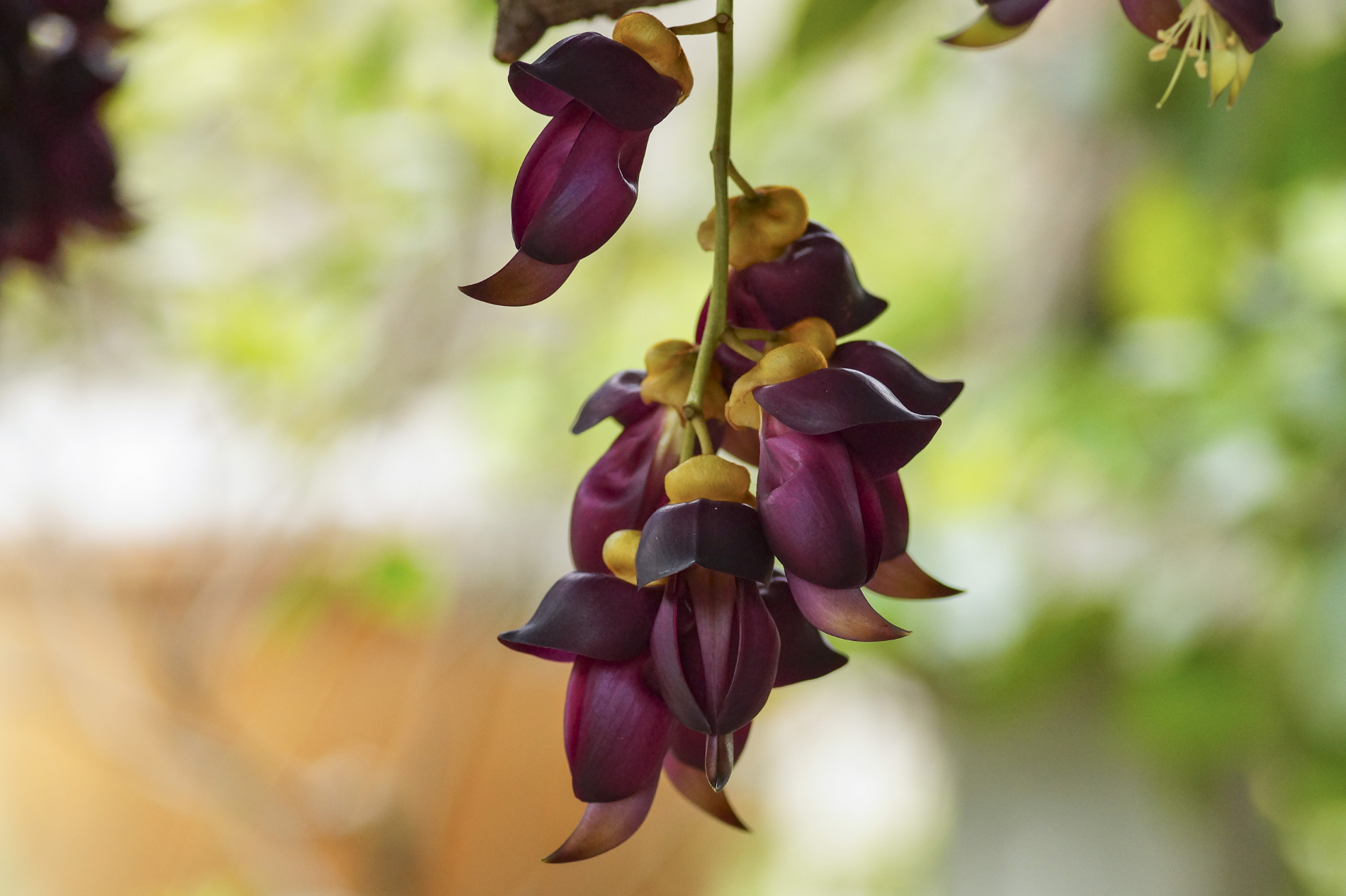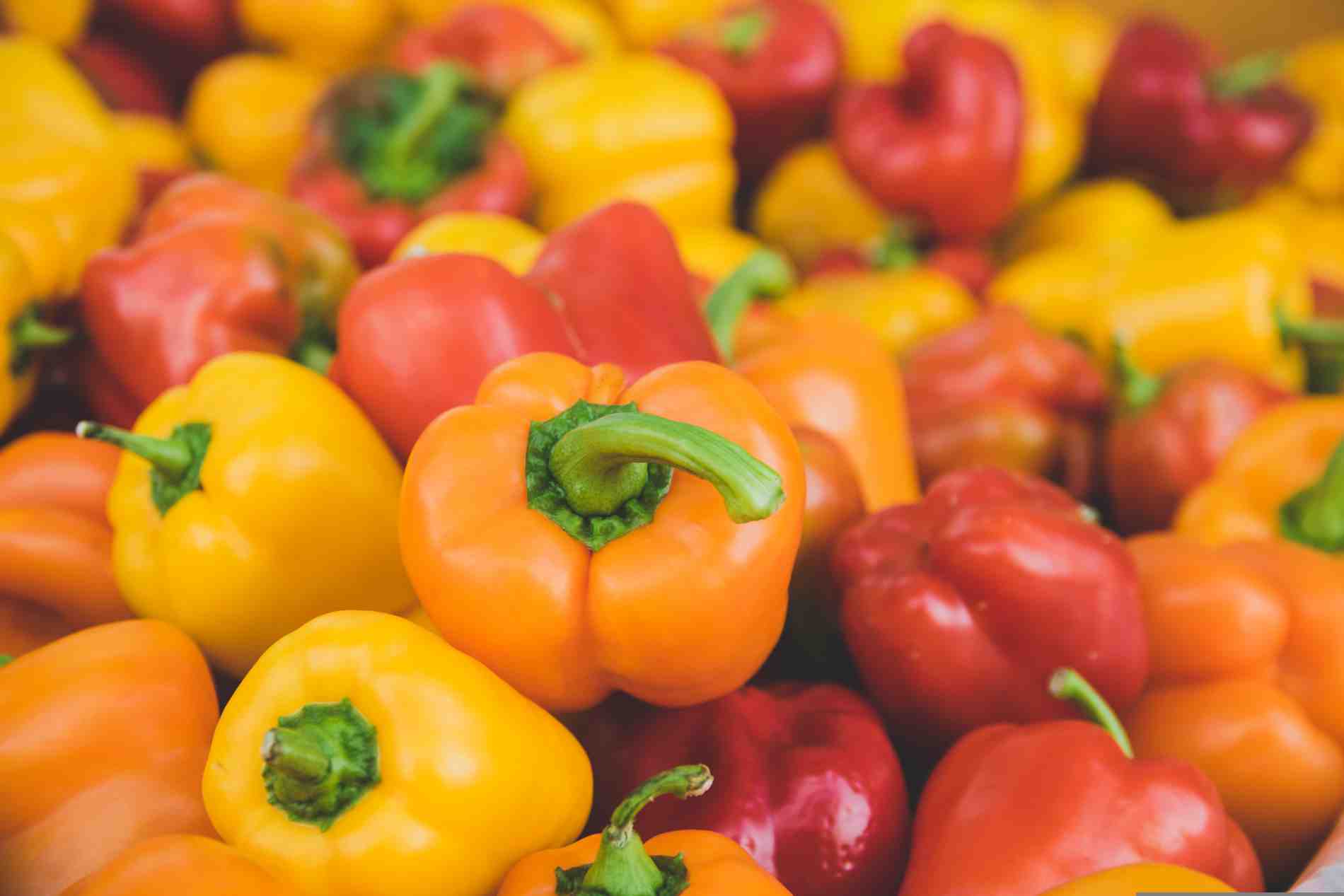Introduction
Ribwort plantain (Plantago lanceolata) is a medicinal plant that has been used for centuries in the traditional medicine of various cultures. Its discovery as a remedy is so old that it has been lost in the traditions of many ancient civilizations. It is believed that the Romans already appreciated its healing properties and spread it on their conquests through Europe. It is known for its many uses and healing effects and can help with a range of ailments.
Ribwort plantain: forms of application and dosage
Ribwort plantain can be used in various forms, e.g. as a tea, tincture, ointment or fresh as a poultice. Each form has its own specific areas of application and dosage:
- Tea: A tea made from ribwort plantain leaves can be prepared by pouring 250 ml of boiling water over 1-2 teaspoons of dried leaves. After brewing for about 10 minutes, the tea can be strained. Up to three cups a day are recommended for most applications.
- Tincture: The tincture is often used internally for respiratory problems. The usual dosage is 1-2 ml 2-3 times a day.
- Ointment: An ointment made from ribwort plantain can be applied directly to the affected skin area, ideally several times a day.
- Envelopes: Fresh leaves can be applied directly to wounds or skin irritations after lightly crushing them to release the active ingredients.
Healing effects and areas of application
Ribwort plantain is known for its many healing properties. It has an anti-inflammatory, antibacterial and astringent effect and can help as an expectorant in respiratory diseases.
- Respiratory diseases: Colds, coughs and bronchitis can be relieved by the expectorant and soothing properties.
- Skin problems: Due to its anti-inflammatory properties, it is excellent for treating wounds, stings, eczema and other skin irritations.
- Digestive problems: As a tea, it can help with gastrointestinal problems such as diarrhea or irritable bowel syndrome, as it has a calming and anti-inflammatory effect.
Ribwort plantain: additional dietary supplements and medicinal plants
To support the effect of ribwort plantain, other medicinal plants and dietary supplements can also be taken:
- Chamomile and lemon balm have a calming and relaxing effect, especially for gastrointestinal complaints.
- Vitamin C and zinc can strengthen the immune system and help with colds, especially in combination with ribwort plantain.
- Elderberry and echinacea support the immune-boosting properties of ribwort plantain in respiratory diseases.
In the diet, the consumption of vitamin C-rich foods such as oranges, kiwis and broccoli can support the effectiveness of ribwort plantain in the treatment and prevention of colds.
Possible side effects
Although ribwort plantain is generally considered safe, some people may experience allergic reactions, especially if they are hypersensitive to plants of the plantain family. Symptoms may include skin rash, itching or breathing difficulties. A doctor should be consulted before use during pregnancy and breastfeeding.
Ribwort plantain in naturopathy
In naturopathy, ribwort plantain is not only used as a sole remedy, but often in combination with other medicinal plants to enhance its effect or to treat a wider range of ailments. Traditional uses range from treating respiratory ailments to speeding up the healing of skin wounds. Its versatility and the fact that it can be used both internally and externally make it a valuable part of the medicine cabinet.
It is an example of the power of nature and shows how traditional knowledge and modern research can work together to provide effective and natural remedies. Its long history of use and the extensive research that has proven its effectiveness make it an indispensable part of naturopathy.
It is an impressive example of how plants that often grow unnoticed by the wayside can be powerful allies for our health. Its ability to alleviate a variety of ailments makes it a symbol of the healing power of nature. However, to unleash its full effect, it is important to use it correctly and combine it with other natural remedies.
The power of combination
In addition to the supplements already mentioned, ribwort plantain can also be combined with lime blossom to increase its diaphoretic effect on fever. Thyme, on the other hand, which has strong antibacterial properties, can be combined with it to achieve an even stronger effect on coughs and bronchitis. These combinations are examples of synergistic effects that are used in herbal medicine to promote healing and increase well-being.
Ribwort plantain: cultivation and harvesting
For those who want to integrate ribwort plantain into their daily health routine, growing it in your own garden or even on the balcony is an option worth considering. It is undemanding and thrives almost anywhere as long as it gets enough sunlight. The leaves can be harvested at any time, with the young leaves being the most tender. Harvesting in the morning is ideal, as this is when the plants have the highest active ingredient content.
Traditional use and modern research
The use of ribwort plantain in traditional medicine is increasingly being confirmed by modern science. Studies have investigated its anti-inflammatory, antimicrobial and immunomodulatory properties and provide a scientific basis for its traditional use. This research expands our understanding of how it works and opens up new possibilities for its use in naturopathy.
Ribwort plantain: precautions and interactions
Although ribwort plantain offers many benefits, it is important to be aware of possible interactions with medications and other supplements. People taking blood thinners or medication to treat diabetes should speak to their doctor before using it to avoid possible interactions.
Summary
Ribwort plantain is more than just an herb, it is a powerful remedy provided by nature. Its wide range of uses and its ability to be combined with other medicinal plants make it a valuable part of any naturopathic practice. With the correct application and dosage, its healing properties can be used optimally to promote and maintain health in a natural way. The combination of traditional knowledge and modern research opens up new perspectives for the use as an effective natural remedy in today’s world.




